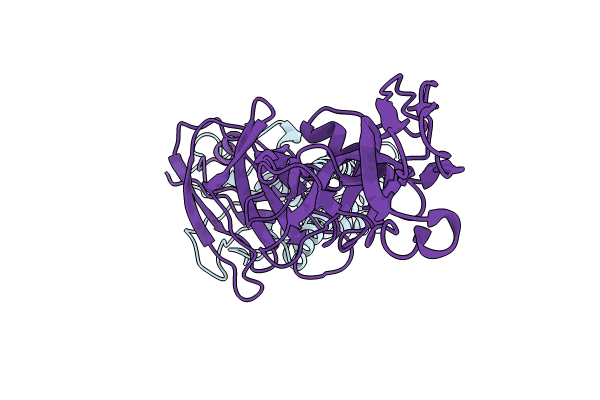
Deposition Date
2024-07-15
Release Date
2024-07-24
Last Version Date
2024-11-27
Entry Detail
PDB ID:
9CMH
Keywords:
Title:
Cryo-EM structure of human claudin-4 complex with Clostridium perfringens enterotoxin
Biological Source:
Source Organism:
Homo sapiens (Taxon ID: 9606)
Clostridium perfringens (Taxon ID: 1502)
Clostridium perfringens (Taxon ID: 1502)
Host Organism:
Method Details:
Experimental Method:
Resolution:
4.00 Å
Aggregation State:
PARTICLE
Reconstruction Method:
SINGLE PARTICLE


